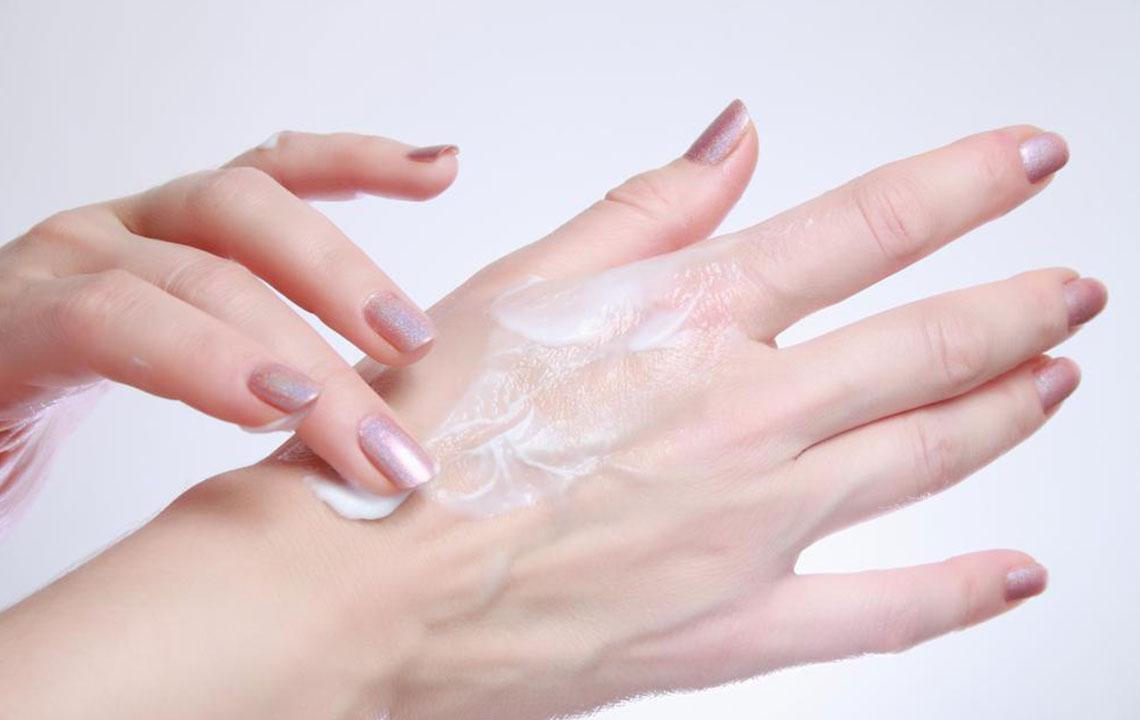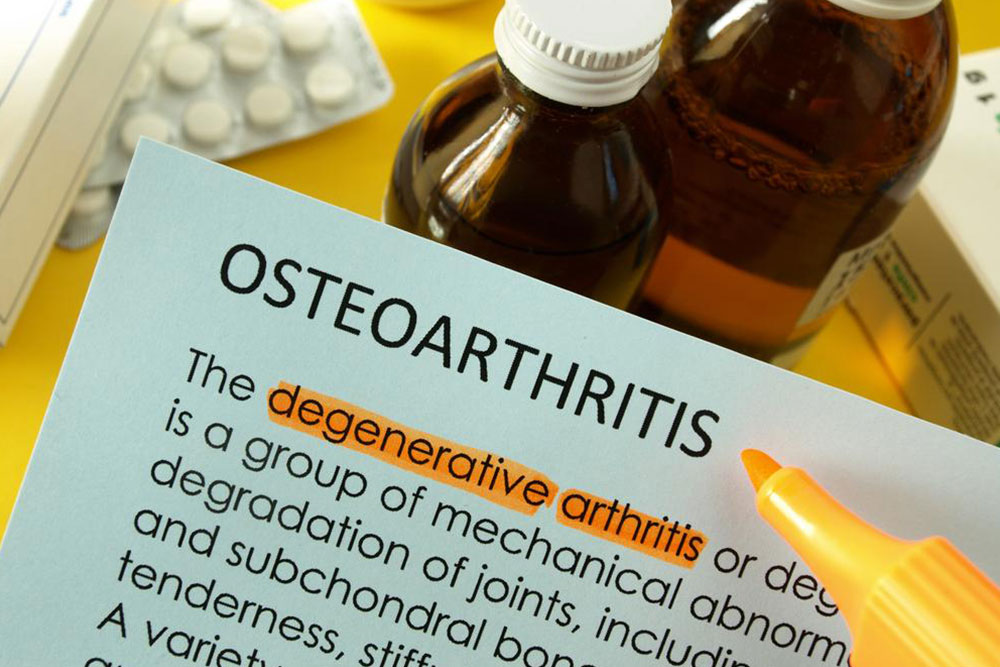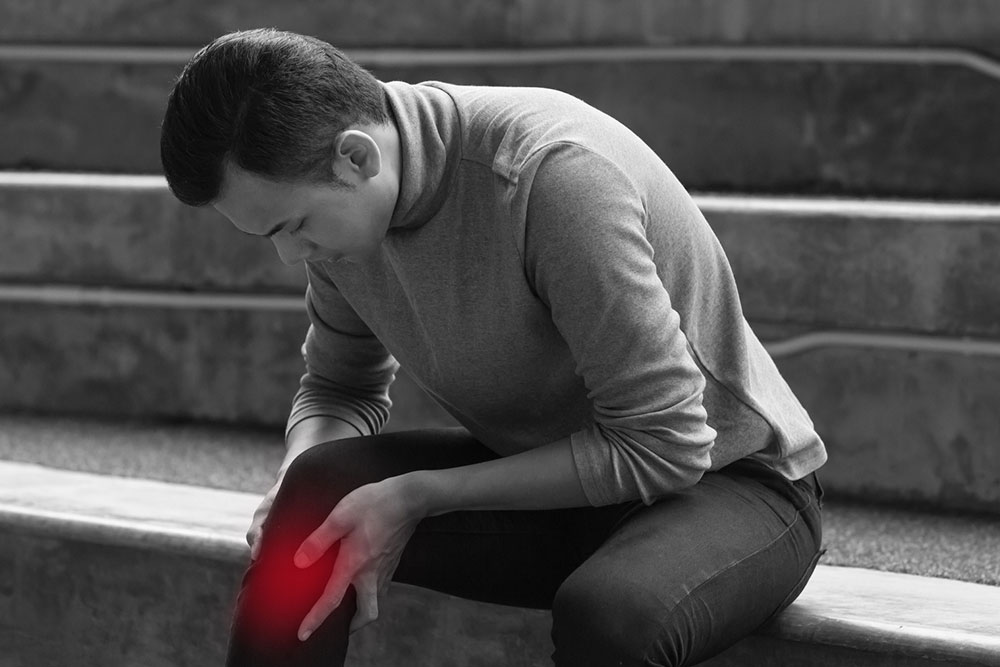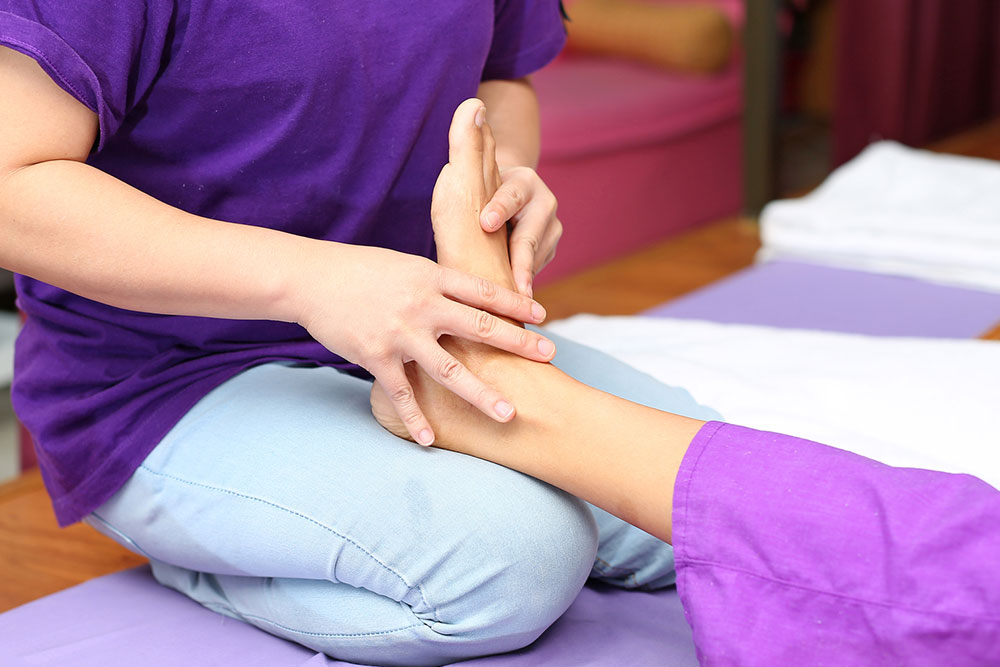Effective Strategies for Managing Postherpetic Neuralgia
Discover effective strategies and treatment options for managing postherpetic neuralgia. From medications to physical and alternative therapies, learn how to alleviate nerve pain caused by shingles. Practical self-care tips and holistic approaches can improve quality of life, especially for older adults. Consult healthcare providers for personalized treatment plans to effectively control symptoms and reduce discomfort from this chronic condition.

Managing Postherpetic Neuralgia Effectively
Postherpetic neuralgia is a painful nerve condition resulting from shingles caused by the varicella-zoster virus. After shingles lesions heal, nerve damage can lead to persistent burning sensations and heightened skin sensitivity, sometimes lasting months to over a year.
Individuals over 60 are particularly vulnerable to this complication.
Treatment Approaches for Postherpetic Neuralgia
Currently, there’s no definitive cure for postherpetic neuralgia; managing the pain often requires a combination of therapies to improve comfort.
Medication Options
While medications may not completely eliminate pain, they can help reduce its intensity. Initial treatment might include over-the-counter options like acetaminophen or a combination with codeine, but these often prove inadequate. The following therapies are commonly used:
Antidepressants such as duloxetine and amitriptyline, which modify brain chemicals involved in pain perception, can be effective. They are started at low doses to minimize side effects like drowsiness, dry mouth, or weight gain.
Anti-seizure drugs, including pregabalin and gabapentin, help calm nerve hyperactivity caused by nerve damage. Side effects may include swelling and cognitive fog.
Opioids like tramadol or morphine are reserved for severe cases when other options fail. Use under close medical supervision due to potential emotional and psychological risks.
Lidocaine patches deliver localized relief by directly numbing affected skin areas, providing temporary pain mitigation.
Capsaicin cream, derived from chili peppers, works by blocking pain signals after an initial burning sensation, gradually decreasing discomfort.
Preventive Care Strategies To help control symptoms, consider these self-care tips:
Protect sensitive skin areas from accidental touch using dressings or coverings to prevent flare-ups.
Wear soft, breathable fabrics like cotton or silk, and avoid tight clothing that may irritate skin.
Apply cold packs cautiously to numb pain—start with small areas to assess response before broader application.
Physical and Complementary Therapies
Active treatments can also alleviate symptoms:
Gentle exercises like yoga or tai chi can strengthen muscles, reduce stress, and decrease pain perception. A trainer or therapist can guide appropriate routines.
Acupuncture may help by restoring energy flow and reducing pain without adverse effects, offering a holistic approach.
Mindfulness techniques, deep breathing, and meditation have also demonstrated benefits in managing postherpetic neuralgia symptoms effectively.










